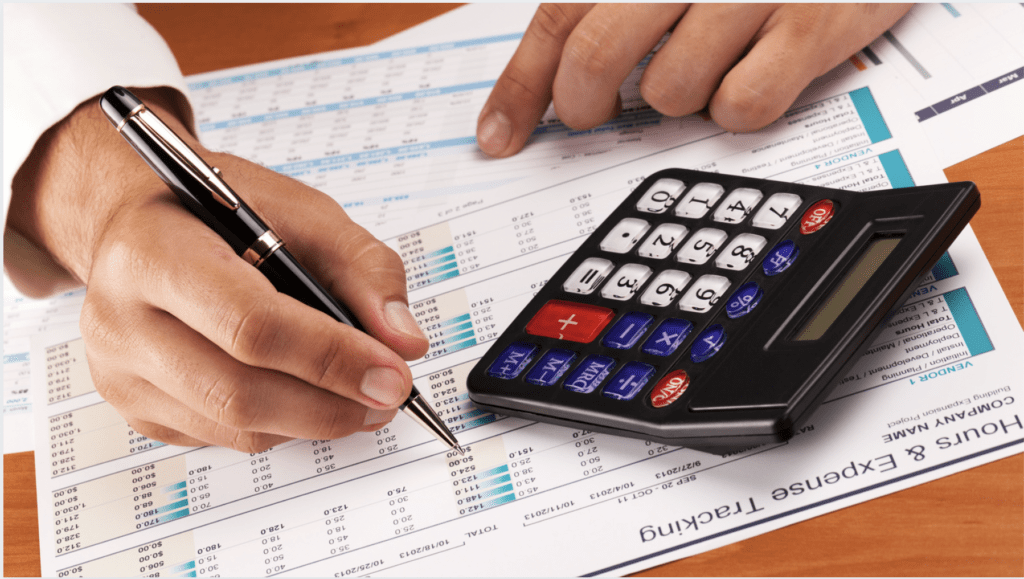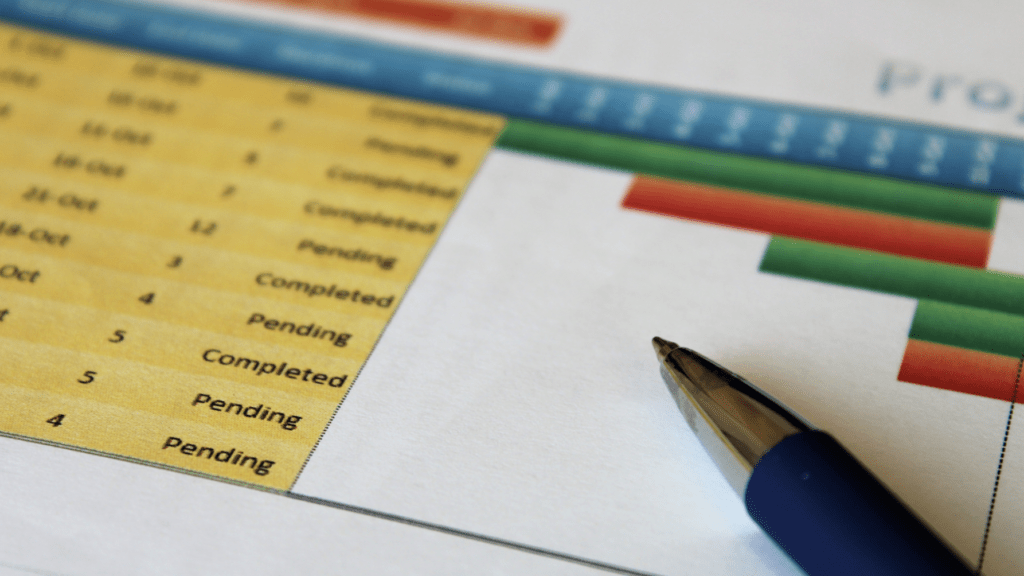Being your own boss is fun! You choose your own time, own place, own client, the workload you can manage, and boom, your skills earn you more than a regular 9-5 job. Undoubtedly, these kinds of benefits in terms of a profession are unparalleled and rare.
With a contribution of $1.4 trillion to the US economy, freelancing is on track to become the majority workforce in the US by 2027.
Freelancing seems a plum job and a rewarding career choice. But we must know that independence comes at a cost.
From a permanent freelancer to running a lucrative side gig to supplement their primary income, every self-employed person has to be extra vigilant with keeping a record of their income and tax responsibility. Tax planning and preparation are crucial so you cannot miss out on your tax filing responsibility and be well aware of the tax deductions you can take advantage of.
Here’s an ultimate guide about tax planning tips and intelligent tax moves that will leg up your understanding of the self-employment tax management journey. Cast an expert eye over it to save a large chunk of your freelance income!
Here’s a detailed guide on managing finances as a freelancer.
Tax Basics for Freelancers

Keeping a record of all your income to calculate your tax burden is indefinitely a tall order. But know, it’s not all doom and gloom. Here are some main points about tax implementation that will help you not lose track and keep your tax planning on the dot.
Minimum Earning for Tax Applicability
According to the Internal Revenue Service (IRS), you are liable to pay self-employment taxes (on top of your regular income tax) only if you earn $400 or more through freelancing.
Amount of Self-Employment Tax
Self-employment tax amounts to 15.3% of your total business profit. Don’t panic, as it includes social security (12.4%) and Medicare (2.9%) tax, which would have been automatically withdrawn from your paycheck if you were an ordinary employee.
Deadlines to Pay IRS Tax
You have a choice between paying your self-employment tax with your first estimated payment or paying the tax quarterly. If you owe to pay the IRS tax quarterly a year, the due dates are as follows:
- April 15 of the current year
- June 15 of the current year
- September 15 of the current year
- January 15 of the coming year
Penalties for Delay Taxes Payment
Due to a delay in quarterly tax payment, the IRS may charge additional tax penalties (3%) on you based on your current income and self-employment tax you paid the previous year.
Tracking
You receive a 1099-MISC form from any client who pays you a minimum of $600. For example, if you did an event photography service for a specific company and received a net profit of $600 out of it, the company will send you a 1099-MISC form.
You’ll receive a 1099-K form from the payment system if you’re a PayPal user.
Income and Expense Tracking Steps

To keep a careful record of expenses that can be deducted and get the most out of your income, prepare yourself well by adopting these one-time tasks before tax season rolls in:
Open a separate checking account
If you don’t have one, for now, open an account solely for your business with a credit card to keep an eye on your business income and expenses.
Design an account for your taxes
To avoid getting hit with a massive tax bill in the coming tax season, make a habit of saving 25-30% of each freelance paycheck in an account set up for tax saving.
Create a record-keeping and tracking system
Recording and tracking systems are crucial for freelancers to prevent adding stress to their already busy schedule and enjoy special Tax Breaks. You can manually keep a record by allocating a certain place to save your bank statements, business records, and receipts. However, you can go with digital organizing systems to avoid any inconvenience. For example, there is an explosion of expense tracking apps available. Some of the top picks are as follows:
- QuickBooks Self-Employed: With a list of amazing features, and compatibility for both Io’s and Android devices, QuickBooks is the first choice of freelancers and other self-employed owners for tax planning and preparation. This amazing software assists in creating quarterly estimated taxes, sending and receiving invoices, and tracking mileage along with the option of a quick and easy tax filing process through pairing this Software with TurboTax.
- Expensify: It is available on both Io’s and Android. This app is best for freelancers as it offers the option to take a pic of the receipt or manually log expenses, along with the advantage of categorizing the expenses as food, mileage or travel, etc.
- Personal Capital: It is more like a completely featured financial manager. It tracks both your wealth and spending. This app shows your cash flow by creating charts and thus tracks and categorizes the expenses.
- Wally: It is the best fit for side hustlers or micro-business holders. Wally allows manual and digital record saving options like any other expense-tracking app. It also offers projected savings each month.
- FreshBooks: It is a fully functional accounting package compatible with laptops, Io’s, and Androids. With a massive range of project management tools, FreshBooks also offers the advantage of unlimited clients and an expense tracking facility.
- Wave: It is an invoicing and accounting software with receipt scanning capability and budget management tools. It provides a range of paid services, including payroll, bank-payment processing, and online payments.
Scheduled Routine to Reduce Tax Stress

Follow a scheduled routine to minimize your tax stress down the road.
- Weekly tasks: Keeping digital copies of bills, receipts, or invoices will help you claim deductions at tax return time, along with a strong grip over income and expense tracking. An up-to-date calendar involving minute details of the event place, people who attended the event and the event’s purpose also supports the deduction at tax return time.
- Monthly tasks: for an accurate estimation of quarterly taxes, a monthly record checking is very important. Through your already created system, file away records, categorize everything, and reconcile accounts for accurate tax estimation.
- Quarterly tasks: Stay in touch with your CPA for making big purchases or crucial financial decisions. In particular, your CPA assists you in understanding tax code changes at the end of each year to keep your tax preparation and planning on track. Most importantly, check the tax you owe by IRS Form 1040-ES and pay quarterly tax to avoid penalties.
- Annual tasks: Meet your tax preparer to file the tax return well before the deadlines, i.e., partnership return by March 15 and individual return by April 15. Setting aside savings for retirement and managing payrolls are additional tasks that you have to manage as at the end of the year, it is only you who has to face the music.
Also Read: How to report self-employment income without 1099
How to Calculate Freelance Revenue

Your freelance revenue majorly depends on the hourly rate you set. It is important to consider your hourly rates as most beginners undervalue their self-employment skills and thus end up facing hard times during tax season. Refer to this guide to learn how to charge your freelance clients.
Follow these steps to calculate your freelance revenue:
A wise first step is to set your hourly rate based on your qualification, experience, and negotiating skills. Keep your professional expenses and private expenditures in account.
- Make a list of expenses from marketing, travel, cost of office supplies, maintenance of office, certification, branding, and note all the expenses.
- Make a rough estimation of the total working days you will have each month, considering a vacation, bank days, sickness, or weekends, and add some extra off days to stay on the safe side. For example, you set 221 working days, yearly, with 6 to 7 working hours, which become 1326-1547hr.
- Set your minimum acceptable rate. For example, if your monthly expenses are $4000, then yearly it becomes $4000 x 12=$48,000
Profit margin (salary): 25% = $21,000
Cost of doing business = $48,000 + $21,000 = $69,000.
Now calculate your hourly rate as: $69,000 / 1,326 hours = $52 per hour
- To have a strong grip over your rates, it’s crucial to explore freelance market trends. According to a survey conducted in Oct 2021, hourly rates of various freelance working areas are as follows: Consulting & Management ($128), SAP ($110), IT infrastructure ($105), Development ($93), Engineering ($95), Content & Media ($67).
- Now you know your gross income and are set to find your taxable income through the formula:
Net income = your gross income (total amount) – your expenses (eligible expenses)
Taxable income = your net income x 0.9235
As you’re owed to pay taxes on 92.35% of your net income. That’s why save 25-30% of your net income for taxes.
Tax Benefits and Deductions
As a freelancer, there are up to 25 different types of tax deductions that you can claim. Identify the following deductions while filing the forms to match your situation.
- Home Office
If you are a freelancer, working from home (own or rent), you can miss outlines 16, 25, and 27 by simply filling outline 30 and claiming $5 a square foot for up to 300 square feet on Form 1040, Schedule C.
- Hardware and Software
Consult with your CPA to claim the business percentage if you use your personal computer or gadget along with Software to run your business. But remember never to attempt to fool the IRS.
- Health Insurance
You can claim a general tax deduction by filling out Line 1 of Schedule A form 1040, as IRS offers dental, medical, and long-term health insurance tax deduction to self-employers.
- Insurance Premiums
Freelancers can also claim insurance covering them from flood, storm, theft, or other insurance premiums like worker’s compensation insurance, liability insurance, etc. For deducting your insurance premium, there’s a devoted area of Section C (Form 140).
- Travel Expenses
If your self-employed business demands travel, you can claim deductions on a long list of items, including automobile rentals, flights, hotel rooms. Also, if you plan your vacation around your business tour, you can claim for the business-related part of the trip.
You need to fill in this information in Line 24A.
- Contract labor
In case you hire some other freelancer like web designer or blog writer for your business you can claim for tax deduction by including the expense on line 11.
- Internet and Phone Bills
Self-employers can deduct a tax percentage if they employ their internet and phone for business purposes.
- Truck or Car Expenses
If you use your car or truck for business purposes, you can claim the deduction by filing Form 4562, Section B.
In addition, tax deductions are also available on business activities, including advertising, transaction fees, business meals, research material, repairs, maintenance, etc.
Nondeductible Tax Expenses
Remember you cannot deduct everything, as here is a list of nondeductible tax items:
- Broker’s commissions for IRA or other investment property
- Campaign expenses
- Capital expenses (but you can depreciate business property)
- Check-writing fees (non-business)
- Club dues
- Credit card fees (non-business)
- Expenses of earning or collecting nontaxable income
- Fees and licenses
- Federal income taxes
- Federal estate taxes
- Home repairs
- Lost vacation time
- Personal disability insurance premiums
- Residential telephone service
- Stockholders’ meeting attendance expenses
Smart Moves to Minimize Tax Bills

Who doesn’t like some more money in his pocket? Here is a bag of tricks to reduce your tax bills. First and foremost, make sure you’re operating as an independent business. Now follow these simple tips.
- Establish your health savings account
- Buy business items before the end of the year
- Use your credit card to pay the bills
- Engage specialist tax advisors
- Hire your spouse and children to get a huge tax break
- Deduct your mileage through setting up a home business
The Final Verdict
We have presented a simple Go-To guide for all freelancers struggling with tax-saving strategies. Remember, a little bit of tax planning and preparation can save your enormous tax bill. To keep a stronghold over your earning, make tax-saving your first resolution for the year 2022. Never forget to consult with CPA before changing your tax-saving strategies. Follow the simple budget-saving steps and tricks outlined in this guide and see your coming tax season running smoother than ever before!
Use The Right Tools To Manage Your Freelance Finances
Managing your finances as a freelancer takes time and careful thought. Fortunately, some tools make the whole process easier.
That’s not all. You also have options for optimizing the transaction fee. With CheckYa, you have the option to split the transaction fee with your client. You can also ask the client to cover the transaction fee. These fee options make a big difference as you start to charge higher fees. Click here to sign up for CheckYa.